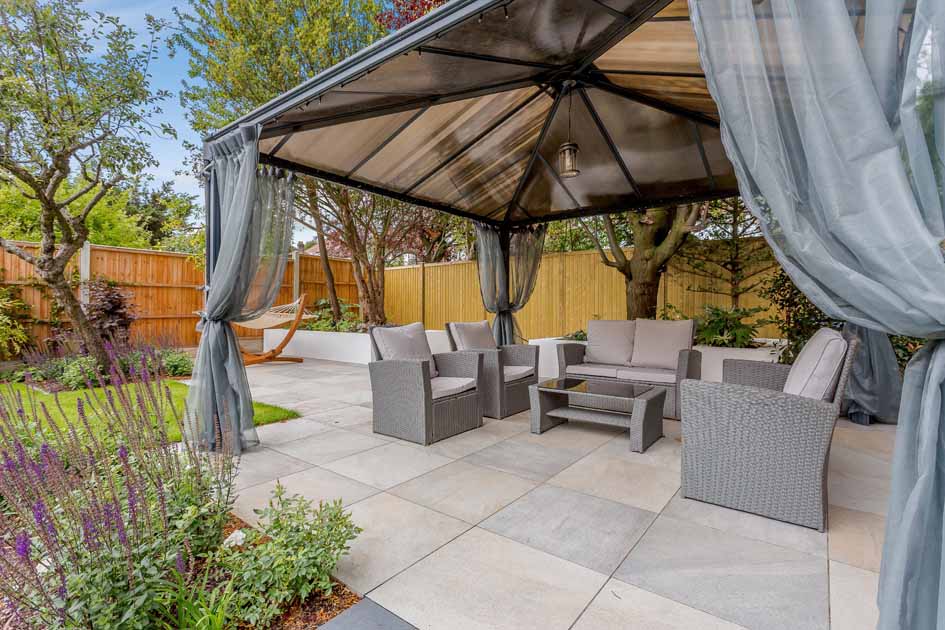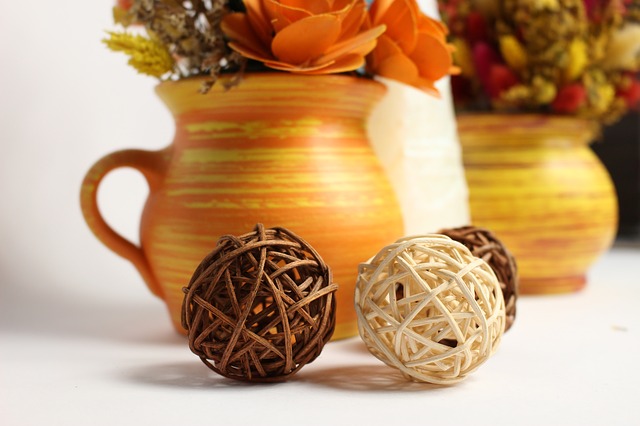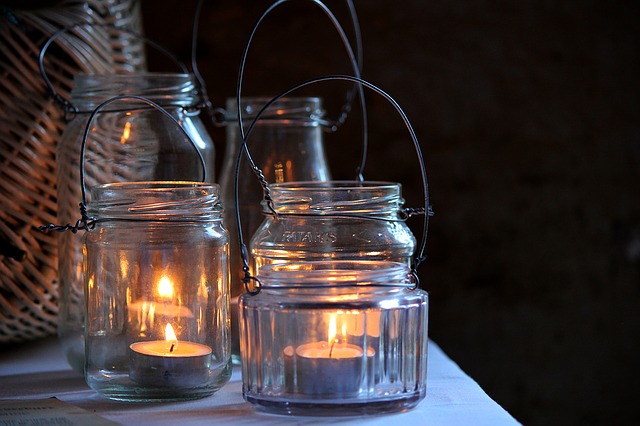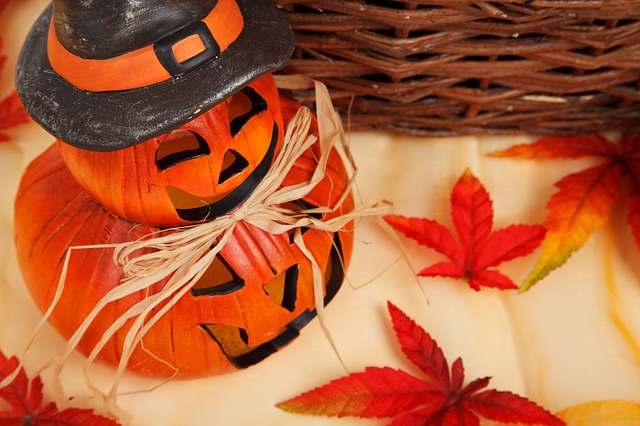If you're someone who likes to change your home and garden decor to match the seasons, you're probably already thinking about ways to add a touch of autumn. Well, here at PrimaPorcelain, we believe that any outdoor space can be transformed with a little imagination.
Once you've got your gorgeous, winter-proof porcelain pavers in place, you can focus on accessorising to create a truly autumnal space. Here are some of our suggestions for autumn patio decor that will have your neighbours looking green with envy.

1. Weatherproofing
During autumn the weather can be unpredictable. Sometimes, we'll have a really crisp, cold but sunny day, and before you know it it'll be pouring it down with rain. As such, it's important that you think about weatherproofing your patio. This means protecting, replacing or removing anything that could be damaged by the changing weather.
If you've got PrimaPorcelain paving installed, you can rest assured that the patio itself will withstand whatever autumn throws at it. As well as being non-porous, our porcelain paving features a rough texture that will help prevent slips and falls - perfect as we start to see more wet leaves and morning frosts.
Browse Our Paving Now >
A great way to make sure you and your guests aren't caught out by a sudden downpour is to install an awning, veranda or sunroom. These provide overhead cover and, in some cases, come with optional sides that can provide protection from the wind too. Enclosing your patio area will also give it a cosier feel (just be careful if you plan to add a fire pit, not all structures are suitable to be installed over a fire).
Other things that may need to be weatherproofed include:
- Your garden sofa/chairs (we'd recommend waterproof cushion covers)
- Your outdoor steps (add a handrail for extra security)

2. Add Autumnal Colours
One of the easiest ways to make your patio look fit for autumn is to add earthy, deep tones and remove bright summer colours. Now we're not suggesting that you paint all your of your outdoor furniture a new colour (unless you want to), but adding autumnal accents of colour like rust, mustard and brown will really set the tone for the months ahead. Why not try:
- Changing your seat covers
- Buying new plant pots
- Choosing a new throw
- Adding dried flowers or pumpkins

3. Make it Warm and Cosy
If you want to make the most of your patio on cold autumn nights, it's important that you invest in things to make it feel extra warm and cosy. Adding a fire pit or patio heater will keep you warm so you can spend longer outside.
You can't beat sitting around a fire with a cup of hot chocolate and some marshmallows for toasting! This is one of those autumnal patio decor ideas that's as charming as it is functional. As well as a fire pit, you might want to invest in some additional throws and blankets that you can take outside on the patio with you for a little extra warmth.

4. Add Autumnal Lights
In the summer there isn't much need for fairy lights, tea lights or lanterns. The light nights and warm temperatures mean you can happily sit on your patio until 9 or 10pm, no problem. As we move into September and October, you'll notice the dark nights drawing in all of a sudden, do you'll need to add some lights.
There are so many different outdoor lighting options for you to choose from, but we personally love the look of tea lights (like those pictured above). They twinkle, they can be moved around your patio to add light wherever you need it!

5. Make it Child Friendly
One of the great joys of autumn is Halloween. Every year, children and their parents get dressed up and head out trick or treating, so, if your patio is at the front of your house, you might need to so some child-proofing.
Removing sharp objects, breakables and precious items can help ensure that your patio is kept in good condition throughout autumn. Children with sheets over their heads (also known as ghosts) could be stumbling around in the dark and easily fall over and hurt themselves. Being conscious of the little ones that might visit your patio this autumn is a great way to avoid accidental injuries.
Hopefully, these autumn patio decor ideas will help you make the most of your garden patio this autumn. If you decide to make your patio look more autumnal, feel free to tag us in your pictures over on Instagram @primaporcelain or email us at info@primaporcelain.co.uk.
Order Your Free Samples